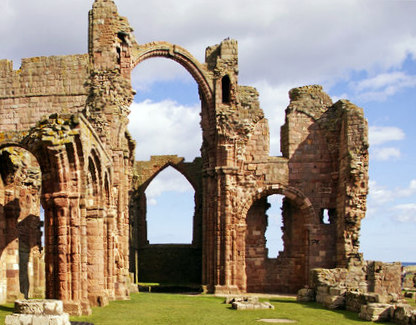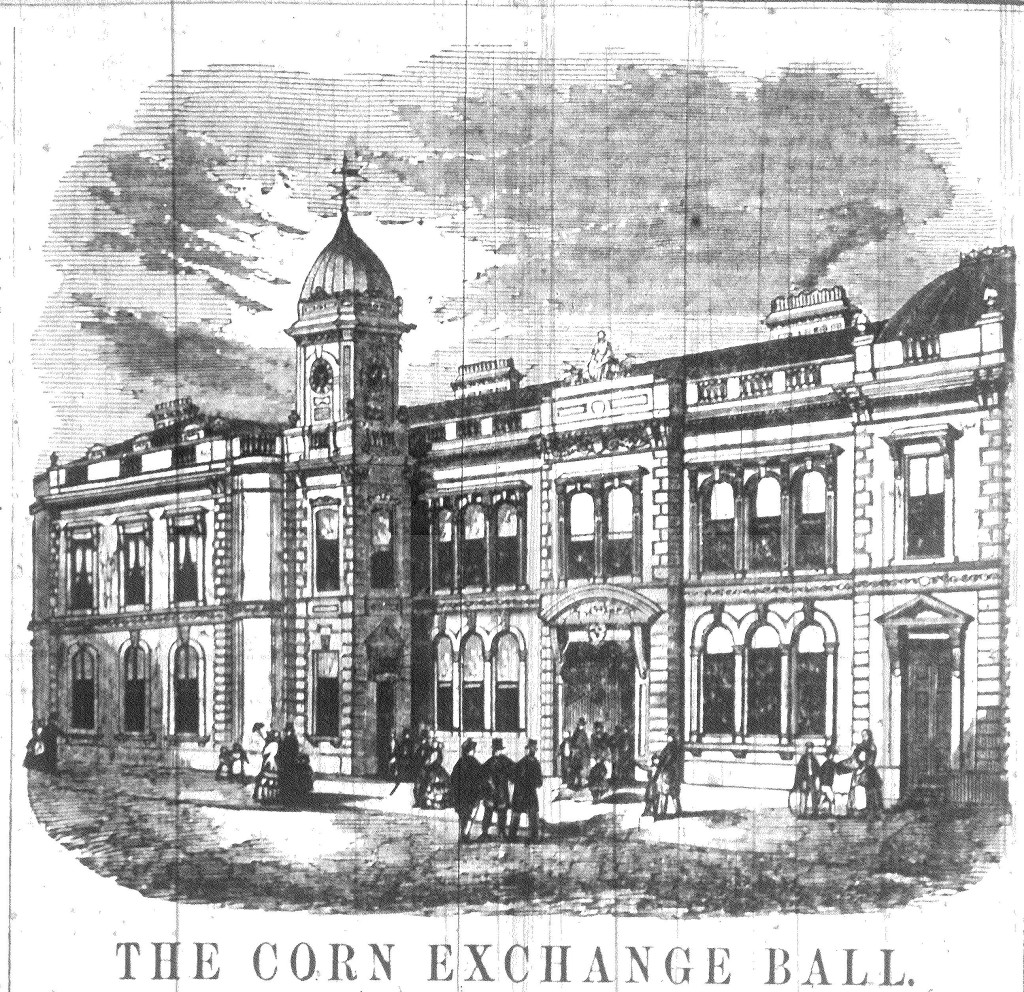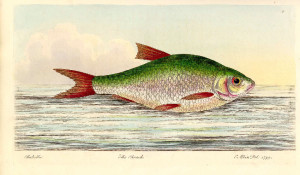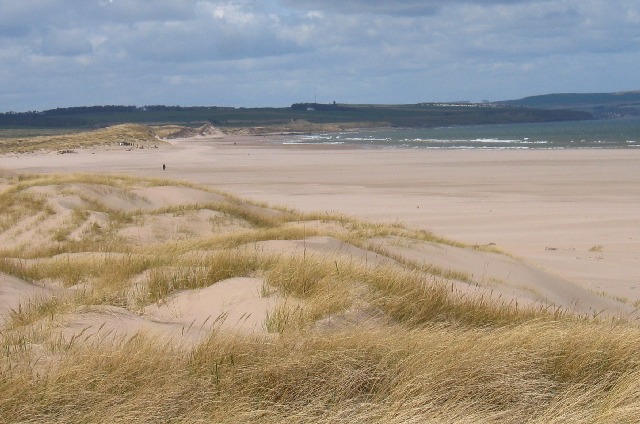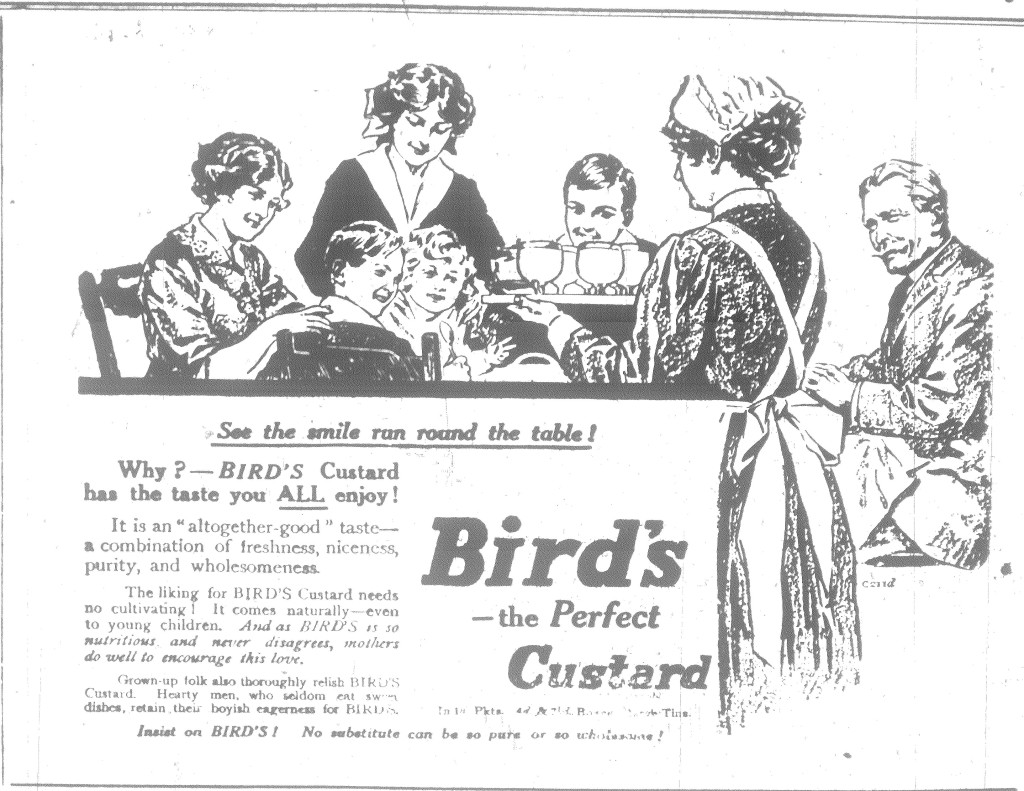This is the first blog in our mini-series entitled “The Meeting, Marriage and Parting of Ways.” The series will use a number of marriage settlements, discovered amongst the Dickson, Archer and Thorp papers, to explore the intimate lives of nineteenth century Northumbrians. Nineteenth century marriage settlements were very similar to modern prenuptial agreements. They would be used to outline how ownership and inheritance of property would be protected during a marriage; thus protecting both individual assets and familial legacy.

The first relationship to be considered will be that of Reverend William Procter, occasionally referred to as Proctor in contemporary documents, and his betrothed sweetheart Isabella Gilchrist Young. This young couple hailed from northern Northumberland and were contracted to marry in the spring of 1867. They seem to have chosen the Dickson, Archer and Thorp firm to draw up their marriage settlement as the Dickson and Procter families were closely linked. The solicitors gave due care to the drafting of the document, and issued specific instruction it to “be placed in a safe till called for.” This blog will explore the interesting circumstances under which the couple met and how their relationship progressed. You can read a transcribed version of the Procter’s marriage settlement, as well as marvel at the original piece, on our Flickr page.
Family Ties
William Procter the younger was born in the parish of Doddington, in the county of Northumberland, in 1839 and baptised on the 22nd of December. William was the son of William Procter the elder; Doddington’s parish vicar. William the elder had been born in 1792, and had married his wife Esther at some point in the early 1830s. The couple also had a second child, Mary, born in 1842. The family lived together in the Doddington vicarage adjoining St Mary and St Michael’s church, now a grade I listed property.
In adulthood William the younger followed his father’s spiritual footsteps, and in 1871 was listed as curate for the parish of Doddington. His role as a curate would have involved assisting his father, the vicar, in administrating both spiritual and daily tasks within the parish.
William’s future sweetheart, Isabella Young Gilchrist, was born in Berwick-Upon-Tweed in 1832, making her roughly seven years older than William. She was the second of six daughters born to Thomas and Margaret Gilchrist. Her sisters were Frances, Margaret, Josephine, Elizabeth and Georgina. The couple also had a son called Thomas. This brought the total number of children to seven – a significantly larger family then William’s.
Acquaintances
How Isabella and William became acquainted was referenced to in documents adjoining the marriage settlement. These papers allude to a close connection between the Procter and Gilchrist families; a connection which potentially spanned decades. A Procter relative, Reverend Thomas, was based in Berwick upon Tweed and a regular visitor to the Gilchrist household. The families even attended social events, with an article from The Alnwick Mercury in 1863 noting the attendance of both the Rev. William Procter and the Gilchrist sisters to a “Grand Ball” held at Alnwick’s Assembly Room in honour of the Second Northumberland Artillery Volunteers. More interestingly, it is possible Isabella and William may have even spent their childhoods in the same household.
Exactly where Isabella was living in early 1840s is difficult to ascertain. Her name appears on forms compiled for the 1841 census in both the Procter and Gilchrist households. In the Gilchrist’s census return she is listed as a daughter living in the family home, but her occupation and social standing becomes harder to interpret on the Procter form. Here she is listed alongside two other women, Jane Murphy. (35 years old) and Jane Henry (15 years old), and given the occupational status “F.S.” The term was an official abbreviation used for female servant. Her age is also listed incorrectly in the Procter return form – but it was fairly common for ages to be recorded inaccurately during the 1841 census.
The Gilchrist family appeared to be of a settled and prosperous nature, with Isabella’s father named in newspaper articles as “Thomas Gilchrist Esq” the Town Clerk for Berwick Upon Tweed. Even more interesting is the notion that, on three separate census returns, the Gilchrist’s appeared to have two or three domestic servants of their own. Moreover their only son, Thomas, went on to pursue a legal career and his daughters are listed in subsequent censuses as living on “independent means” (or family money). Hence, if the Gilchrist family were so well stationed and comfortably maintained, why was Isabella listed as serving as a female servant in the Procter household?
This mystery is most likely explained by an incompetent census taker mixing non-family members with the domestic staff. Also living in the Procter household at this time was an aging Dorothy Dickson (which had been misspelt as Dixon) along with her daughter Grace Eleanor and granddaughter Grace Thorp Dickson. Dorothy was the widow of William Dickson, one of the founding fathers of the Dickson, Archer and Thorp firm, and she chose the parsonage belonging to her close friends as a place of respite in her old age. Isabella may therefore have been staying in the house to further her domestic education or to act as a companion for the Proctor/Dickson girls. Either way it is highly unlikely that she was there in the capacity of a domestic servant.
Isabella’s appearance on the Gilchrist census return could also be explained by the census taker, or the person giving the information, not quite understanding the concept of the census and listing all immediate family members regardless of whether or not they were residing at the address. Nonetheless the 1841 census clearly pinpoints a moment in time, illustrating the intimacy between Isabella and William’s families.
Witnesses and Marriage
Twenty-six years after the erroneous 1841 census the legal firm of Dickson, Archer and Thorp drafted a more considered legal document for the couple’s marriage.
The marriage settlement was sent across the country to be checked, signed and counter-signed by stream of varied witnesses. Firstly the young couple signed the document, under the watchful presence of Isabella’s mother and James Gray. They were followed by Reverend Aislabie Proctor, possibly William’s uncle, and Arthur Baxter Visick, a London based dentist, who signed the document in the presence of Edwin Trevor Septimus Carr. Carr was a well-established individual whom had recently been elected to be a fellow of St Catherine’s College Cambridge in August 1862.
Witness signatures as shown on the original marriage settlement, 1867. REF: NRO 11343/B/DAT
The document was then returned to Northumberland and officially dated 24th April 1867. The young couple married at Berwick’s parish church three days later in a ceremony presided over by Reverend William Procter the elder and his brother the Reverend Aislabie Procter.
Marital Tears
Unfortunately the marriage attracted tragedy when Isabella died on the 26th November 1868 in the parish of Tynemouth. Her death came barely a year since the couple had uttered their marriage vows. It appears William never remarried and also died young, at the age of 34, at Budleigh Salterton in Devonshire on the 30th January 1874.
Because the young couple predeceased their respective parents any issues regarding the protection and ownership of inheritance, covered by the settlement, never occurred. The “future children” repeatedly mentioned in the marriage settlement were also never born. Hence the document which had been carefully constructed during a period of happiness and intended to stand the test of time, lay unneeded and forgotten on a solicitor’s shelf.
We would like to especially thank the volunteers who made this piece of research possible by tirelessly transcribing the original marriage settlements.




